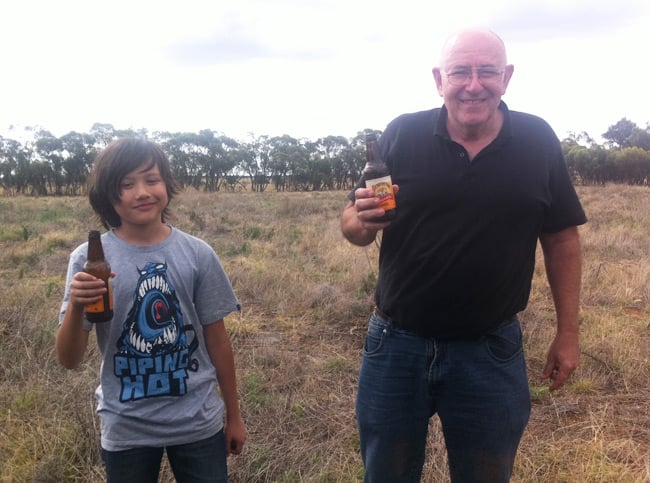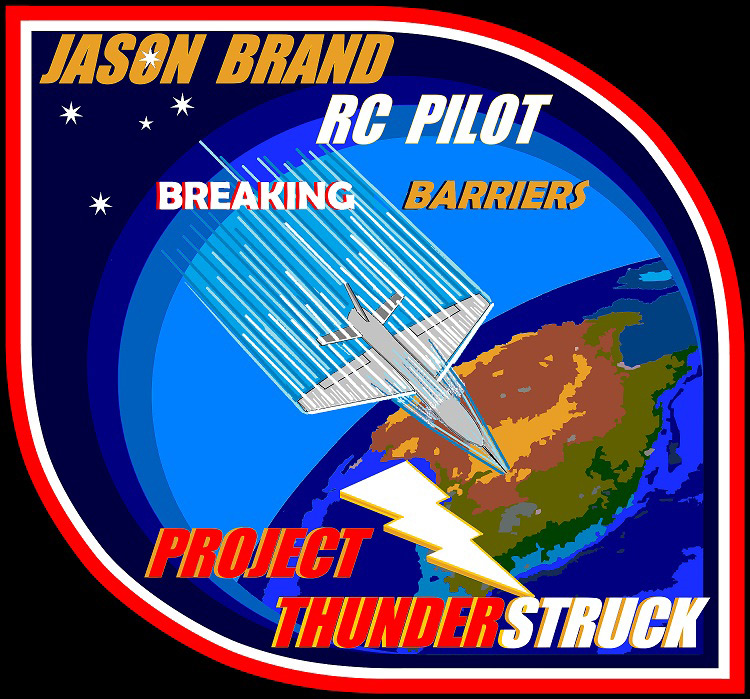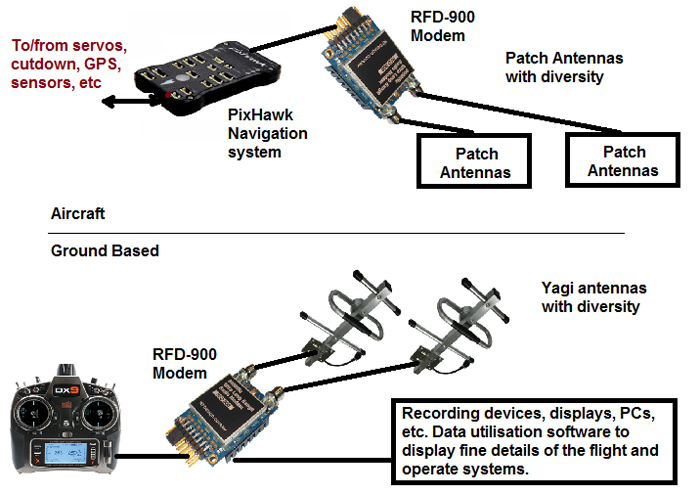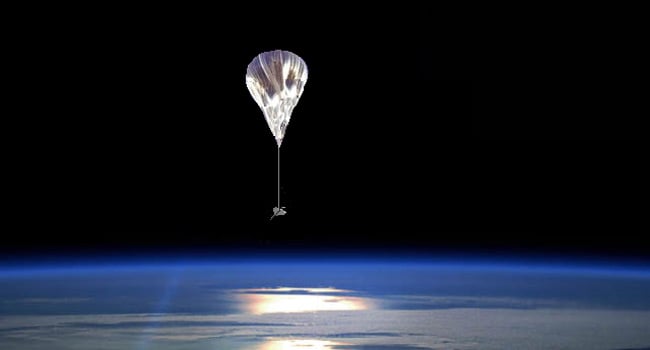This article is more than 1 year old
Oz father and son team plan suborbital spaceplane
'ThunderStruck' – going supersonic soon in a stratosphere near you
An Australian father and son team is attempting to develop a radical low Earth orbit spaceplane ultimately intended as a "space courier service" to return payloads from aloft.
High-altitude ballooning (HAB) vets Robert Brand and son Jason, 12, (pictured below after one of their balloon flights) are in the initial stages of "Project ThunderStruck", and hope that within 5-6 years, they'll be blasting off heavenwards with a fully-fledged space vehicle.

Robert explained to The Register: "The basic concept is that there is a marketplace for a small winged re-entry vehicle from low Earth orbit (LEO) that can carry about 50kg." This, Robert said, might be "of significant interest to asteroid miners", since they'll be able to return samples via ThunderStruck "courier" vehicles.
It's an ambitious plan, but before the pair attempt to slip the surly bonds of Earth, there's a stratospheric test phase which caught the eye of the Low Orbit Helium Assisted Navigator (LOHAN) team.
This year, Jason hopes to remotely pilot a supersonic glider back to terra firma from an altitude of 40,000m.

Robert elaborated:
The hypersonic craft will be dropped from a zero pressure balloon (probably hydrogen) that we expect to get to over 40Km altitude and will carry a 3m long craft that will be designed to go fast so that it gets through the sound barrier so that we can do testing of an experiment around disruption to laminar flow.
Although we know how to disrupt laminar flow, I wish to test a system that will disrupt the flow to different extent along the wings of the aircraft. I expect that this should create extreme drag and help reduce the speed of the craft without loss of flight ability. This sort of reduction in speed is important when trying to keep speeds low in a free-fall from space once there is some tiny airflow over the wing surface.
From 40km, the tiny fraction of a percent of sea level atmosphere will be enough to keep stability along with a ballast in the front of the craft. The craft will be dropped from the balloon nose down and free fall with enough airflow after the first few seconds to enable the remote control pilot to counter any spin.
We expect that it should reach 2,000km/h maybe more and maybe less, but after a brief supersonic flight and only gravity to power it, the above items will slow the craft down to a subsonic speed in the thickening air at about 28 to 30km altitude.
The similarities to the forthcoming flight of our own Vulture 2 are clear, although we have the benefit of a mighty rocket motor to quickly attain a sufficient velocity for the control surfaces to bite at altitude.
Agreeably, the ThunderStruck aircraft boasts the same avionics heart as our spaceplane - the Pixhawk autopilot coupled to the same 900MHz ultra long range radio rig that will allow us to communicate with our vehicle during the flight.

Robert told us that Pixhawk wrangler supreme Andrew Tridgell is on board to ensure ThunderStruck behaves itself, and doubtless his development work on this and and the Vulture 2 will offer the possibility of cross-fertilisation, as both missions face similar challenges.

